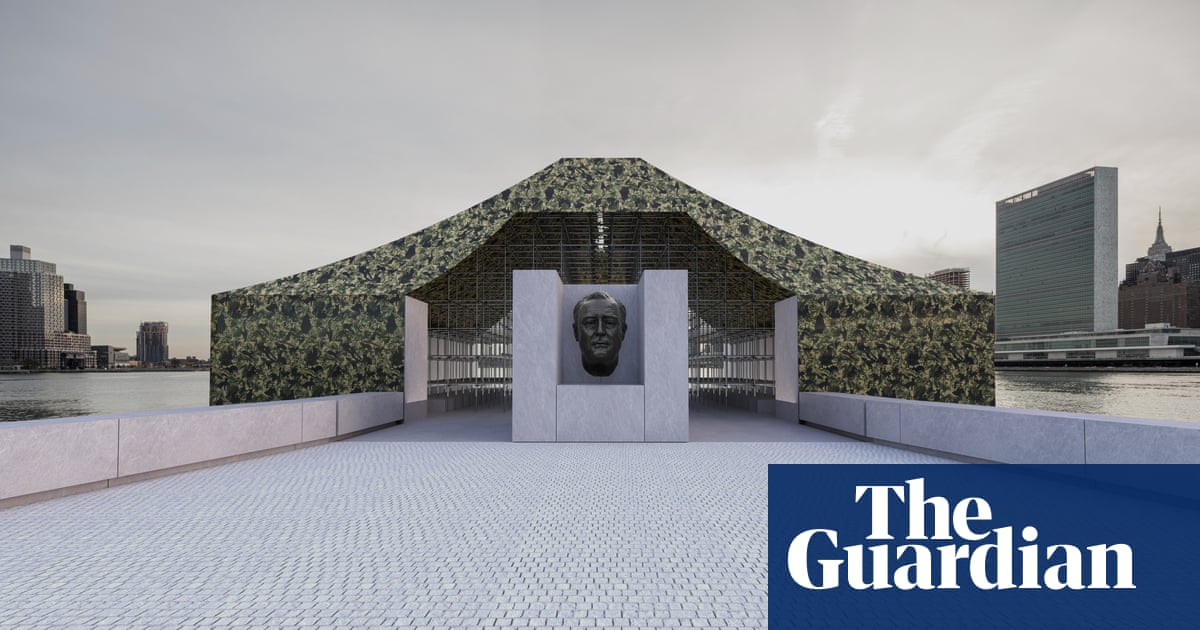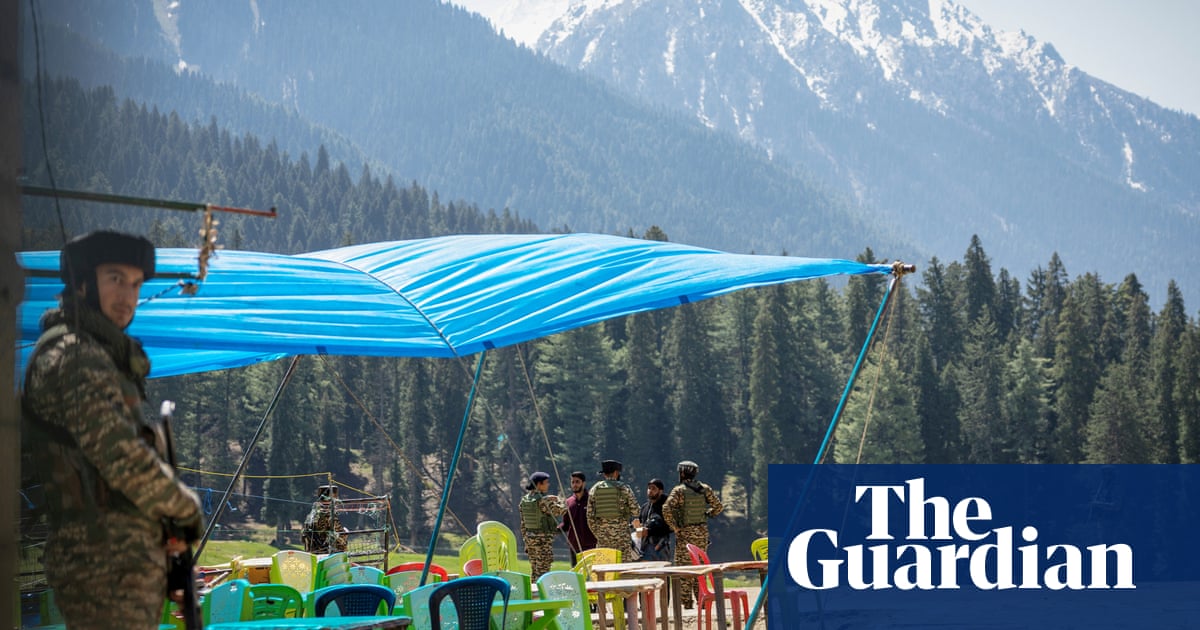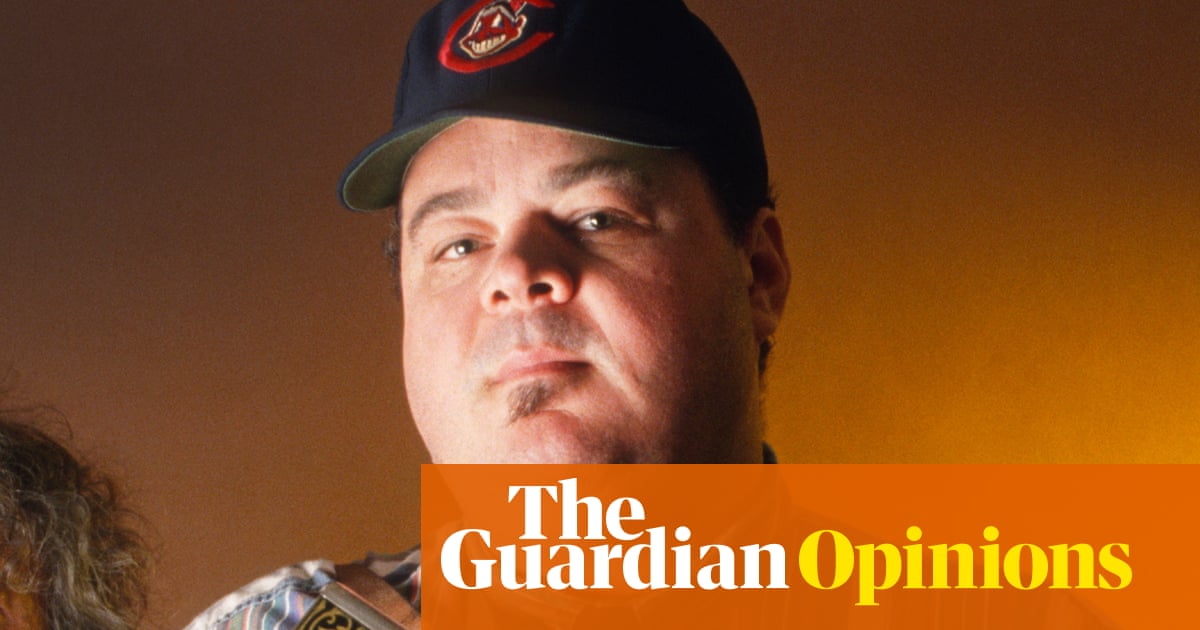Early last year, Bogotá faced a prolonged drought, leading to historically low water levels in reservoirs and forcing Colombia’s authorities to impose water rationing. Then, in November, heavy rains triggered widespread flooding, submerging streets, stranding vehicles and disrupting traffic.
People living in neighbourhoods built over wetlands, such as Suba Rincón, suffered a double impact from these extreme events, that served to underscore the city’s vulnerability to deforestation, El Niño and the climate crisis. In these districts people have been left counting the cost of repeated floods.
Added to this, Bogotá’s waters have increasingly turned grey over recent decades. Residents are worried not only about their houses and public infrastructure but also about pollution and possible health issues.

“The water is deeply contaminated. The city’s perspective was that the water bodies were there to drain the sewage from our homes,” says Héctor Lorenzana, who has lived by the wetlands since his childhood. “Long ago, you could smell the woods and its different trees. Nowadays, even the sound of the water has changed.”
Bogotá is located in an ecosystem comprising 11 wetlands – locally known as District Ecological Wetland Parks (PEDH) – whose importance is recognised by the Ramsar convention. Six more areas await the same recognition and are officially marked as protected zones by the local government.
These wetlands regulate the freshwater supply from the city’s rivers, providing flood control and groundwater conservation – an important function since the country has experienced the highest recurrence of extreme weather events in South America, with 84% of its population and 86% of its assets located in areas that are exposed to two or more natural hazards.
The wetlands are also the habitat for 196 endemic bird species, including 42 aquatic and 65 migratory birds, such as the Bogotá rail (Rallus semiplumbeus) and Apolinar’s wren (Cistothorus apolinari).
Yet, the city’s rapid expansion and inadequate planning have damaged Bogotá’s wetlands, fragmenting the ecosystem and disrupting its natural water cycle. According to the Bogotá Wetlands Foundation, about 700 hectares (1,700 acres) of wetlands remain, approximately 1.45% of the original area.

“The rivers born in the hills have been canalised underground and above ground, but this system is not enough for the increasing rainfall,” says Orlando Vargas Ríos, a biologist and specialist in environmental restoration.
The value of Colombia’s wetlands has been neglected since colonisation, as urbanisation has gradually replaced freshwater marshes.

“The city grew on top of the wetlands, which have undergone different interventions,” says Vargas, through drainage of the water bodies and rubble filling to facilitate agriculture and building.
Urban and economic development also paid scant regard to the fact that the wetlands scattered across Bogotá were home to the Muisca Indigenous people, who had inhabited the area for centuries. These communities not only coexisted with the ecosystem, but considered it sacred.
“Our great-great-grandmothers used to give birth in the lake of the wetlands,” says Alejandro Samaca, a Muisca lawyer and nature defender.
According to Samaca, diseases, invasive species, and infrastructure projects are among the factors threatening the species that are essential to his people’s traditions. “Without our traditional medicine [found in the wetlands], we will lose our culture,” he says.
While the climate crisis is amplifying the collapse of Bogotá’s wetlands, Vargas believes these extreme events could be mitigated by restoring the marshlands and recovering the contaminated rivers. “We need to reconstruct the wetlands and redesign the city by reconstructing its water cycle,” he argues.
The droughts and floods that have battered Colombia’s capital have helped put environmental safeguarding at the centre of the political agenda.

Susana Muhamad, the environment minister until her resignation at the weekend over a political dispute with the president, Gustavo Petro, has repeatedly raised concerns about several city projects that have threatened the wetlands’ biodiversity, water cycle and management.
“The flooding in Bogotá demonstrates that the water connection between the eastern hills, wetlands and Bogotá River needs to be enabled,” she posted on X.
Campaigners argue that it is essential to mount legal opposition to development projects threatening the wetlands. This includes blocking the construction of large, impermeable recreational areas, extensive bridges, and new highways designed to alleviate the city’s traffic problems.
Since 2016, activists have opposed a project initiated by former mayor Enrique Peñalosa that involves the construction of 38.5km (23.6 miles) of concrete bridges. Although presented as an ecological corridor for bikers and walkers, the project was designed as a set of bridges whose foundations lie six metres underground, and have a significant environmental impact.

Last May, the environment ministry imposed protective measures preventing the construction of these corridors in the wetlands of Tibabuyes, Córdoba and Jaboque, after ruling that the work carried out there was detrimental to them. However, the works were already in progress, and now the huge concrete columns remain abandoned.
Activists have called for the structures to be removed and for compensation through the regeneration of other wetlands in the city as they await the results of new environmental impact studies.
“Restoration is an expensive activity. Instead of investing so much money in this, we should invest in protecting the areas,” argues Oscar Manrique, a specialist with the forestry directorate of the environment ministry.
Activists hope their struggle to protect the wetlands will help future generations coexist with this ecosystem.

“My alarm clock to go to school used to be the beautiful singing of the frogs in a wetland area next to my house,” says Lorenzana, recalling his childhood. Today, he says, he can no longer hear them.
“I have a great-nephew who I treasure. I would love it if he had the opportunities I had.”

.png) 2 months ago
40
2 months ago
40













































